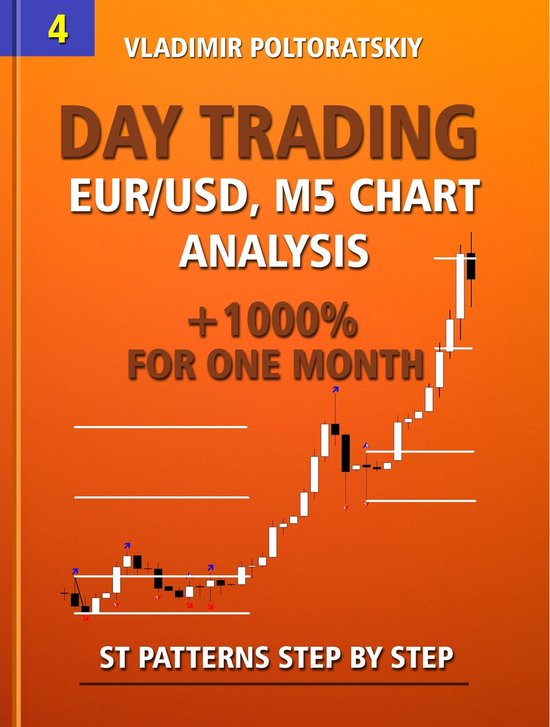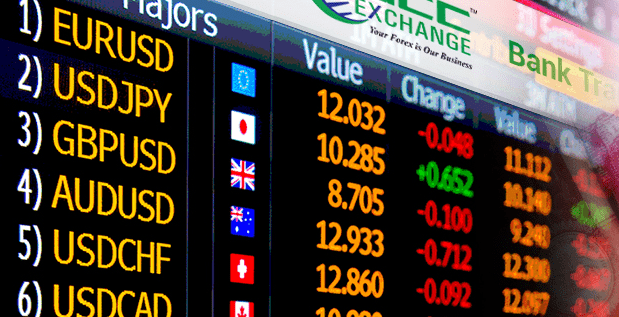
Make saving an obligation if your goal is to know how you can invest. Challenge yourself to save at least $100 per month and budget accordingly. This can help you make extra income. The most difficult part of investing is selecting investments. Your risk tolerance and financial situation should be considered when selecting a portfolio. Start with small, low-risk investments such as dividend stocks. Moving on to more diversified investments like Treasury securities or mutual funds and ETFs.
Repaying debt
Paying off your debt before investing has many benefits. Unsecured debt typically has interest rates higher than 15%. It is important that you are able to earn a reliable return on this debt. If you don't have investment experience, it can be very difficult. Investing on the other hand, is a good way to improve your financial discipline. The best way to invest before you get rid of your debt is to put the money into low-risk investments, such as a money market mutual fund.

Investing in dividend stocks
Dividend stocks are a great way to generate a steady income stream. A company's payout ratio is one indicator of its future success. This ratio measures the company's earnings per share in relation to its dividends. A company earning $2 per share, and paying $1 per cent in dividends, has a payout ratio of 50%.
Investing In Treasury Securities
You might be interested in a steady income from bonds. But how do you get started with investing in Treasury securities? This is a smart investment because the US government has never defaulted on any of its debts, so there's very little risk. You can choose from many forms of Treasury securities. These key factors will help you make sound decisions.
Investing with a 401(k).
These tips can help you get started in investing. The expense ratio describes how much you spend each fiscal year to purchase a fund. You should avoid investing in high-interest funds if you want to save money over the long term. These funds tend to have lower returns.

Investing in a brokerage account
A brokerage account is a taxable investment account where you deposit funds to purchase securities. You use the funds to create a portfolio of investments and tell your brokerage firm when to buy and sell them. Your assets are held by your brokerage account. Your brokerage does the trading for you. Brokerage accounts aren't FDIC insured but they provide different types of support so you can get started investing right away.
FAQ
What is the main difference between the stock exchange and the securities marketplace?
The entire list of companies listed on a stock exchange to trade shares is known as the securities market. This includes options, stocks, futures contracts and other financial instruments. There are two types of stock markets: primary and secondary. The NYSE (New York Stock Exchange), and NASDAQ (National Association of Securities Dealers Automated Quotations) are examples of large stock markets. Secondary stock markets allow investors to trade privately on smaller exchanges. These include OTC Bulletin Board Over-the-Counter (Pink Sheets) and Nasdaq ShortCap Market.
Stock markets are important because it allows people to buy and sell shares in businesses. Their value is determined by the price at which shares can be traded. The company will issue new shares to the general population when it goes public. These shares are issued to investors who receive dividends. Dividends are payments made by a corporation to shareholders.
Stock markets provide buyers and sellers with a platform, as well as being a means of corporate governance. The boards of directors overseeing management are elected by shareholders. Boards make sure managers follow ethical business practices. In the event that a board fails to carry out this function, government may intervene and replace the board.
What Is a Stock Exchange?
Companies sell shares of their company on a stock market. This allows investors and others to buy shares in the company. The price of the share is set by the market. It is typically determined by the willingness of people to pay for the shares.
The stock exchange also helps companies raise money from investors. Companies can get money from investors to grow. Investors purchase shares in the company. Companies use their money for expansion and funding of their projects.
There can be many types of shares on a stock market. Some are called ordinary shares. These are the most popular type of shares. Ordinary shares are traded in the open stock market. Prices of shares are determined based on supply and demande.
Preferred shares and debt security are two other types of shares. Preferred shares are given priority over other shares when dividends are paid. If a company issues bonds, they must repay them.
How are securities traded?
The stock market lets investors purchase shares of companies for cash. In order to raise capital, companies will issue shares. Investors then purchase them. Investors then resell these shares to the company when they want to gain from the company's assets.
Supply and demand determine the price stocks trade on open markets. The price rises if there is less demand than buyers. If there are more buyers than seller, the prices fall.
There are two ways to trade stocks.
-
Directly from the company
-
Through a broker
How can someone lose money in stock markets?
Stock market is not a place to make money buying high and selling low. It's a place where you lose money by buying high and selling low.
Stock market is a place for those who are willing and able to take risks. They want to buy stocks at prices they think are too low and sell them when they think they are too high.
They hope to gain from the ups and downs of the market. They might lose everything if they don’t pay attention.
How can I find a great investment company?
You want one that has competitive fees, good management, and a broad portfolio. The type of security that is held in your account usually determines the fee. Some companies charge nothing for holding cash while others charge an annual flat fee, regardless of the amount you deposit. Others charge a percentage on your total assets.
It's also worth checking out their performance record. Companies with poor performance records might not be right for you. Avoid companies with low net assets value (NAV), or very volatile NAVs.
Finally, it is important to review their investment philosophy. To achieve higher returns, an investment firm should be willing and able to take risks. They may not be able meet your expectations if they refuse to take risks.
Statistics
- Ratchet down that 10% if you don't yet have a healthy emergency fund and 10% to 15% of your income funneled into a retirement savings account. (nerdwallet.com)
- "If all of your money's in one stock, you could potentially lose 50% of it overnight," Moore says. (nerdwallet.com)
- Even if you find talent for trading stocks, allocating more than 10% of your portfolio to an individual stock can expose your savings to too much volatility. (nerdwallet.com)
- Individuals with very limited financial experience are either terrified by horror stories of average investors losing 50% of their portfolio value or are beguiled by "hot tips" that bear the promise of huge rewards but seldom pay off. (investopedia.com)
External Links
How To
How to trade in the Stock Market
Stock trading involves the purchase and sale of stocks, bonds, commodities or currencies as well as derivatives. Trading is a French word that means "buys and sells". Traders sell and buy securities to make profit. It is one of the oldest forms of financial investment.
There are many ways you can invest in the stock exchange. There are three main types of investing: active, passive, and hybrid. Passive investors do nothing except watch their investments grow while actively traded investors try to pick winning companies and profit from them. Hybrid investor combine these two approaches.
Passive investing is done through index funds that track broad indices like the S&P 500 or Dow Jones Industrial Average, etc. This strategy is extremely popular since it allows you to reap all the benefits of diversification while not having to take on the risk. All you have to do is relax and let your investments take care of themselves.
Active investing means picking specific companies and analysing their performance. The factors that active investors consider include earnings growth, return of equity, debt ratios and P/E ratios, cash flow, book values, dividend payout, management, share price history, and more. They then decide whether or not to take the chance and purchase shares in the company. If they feel that the company's value is low, they will buy shares hoping that it goes up. On the other hand, if they think the company is overvalued, they will wait until the price drops before purchasing the stock.
Hybrid investments combine elements of both passive as active investing. Hybrid investing is a combination of active and passive investing. You may choose to track multiple stocks in a fund, but you want to also select several companies. This would mean that you would split your portfolio between a passively managed and active fund.